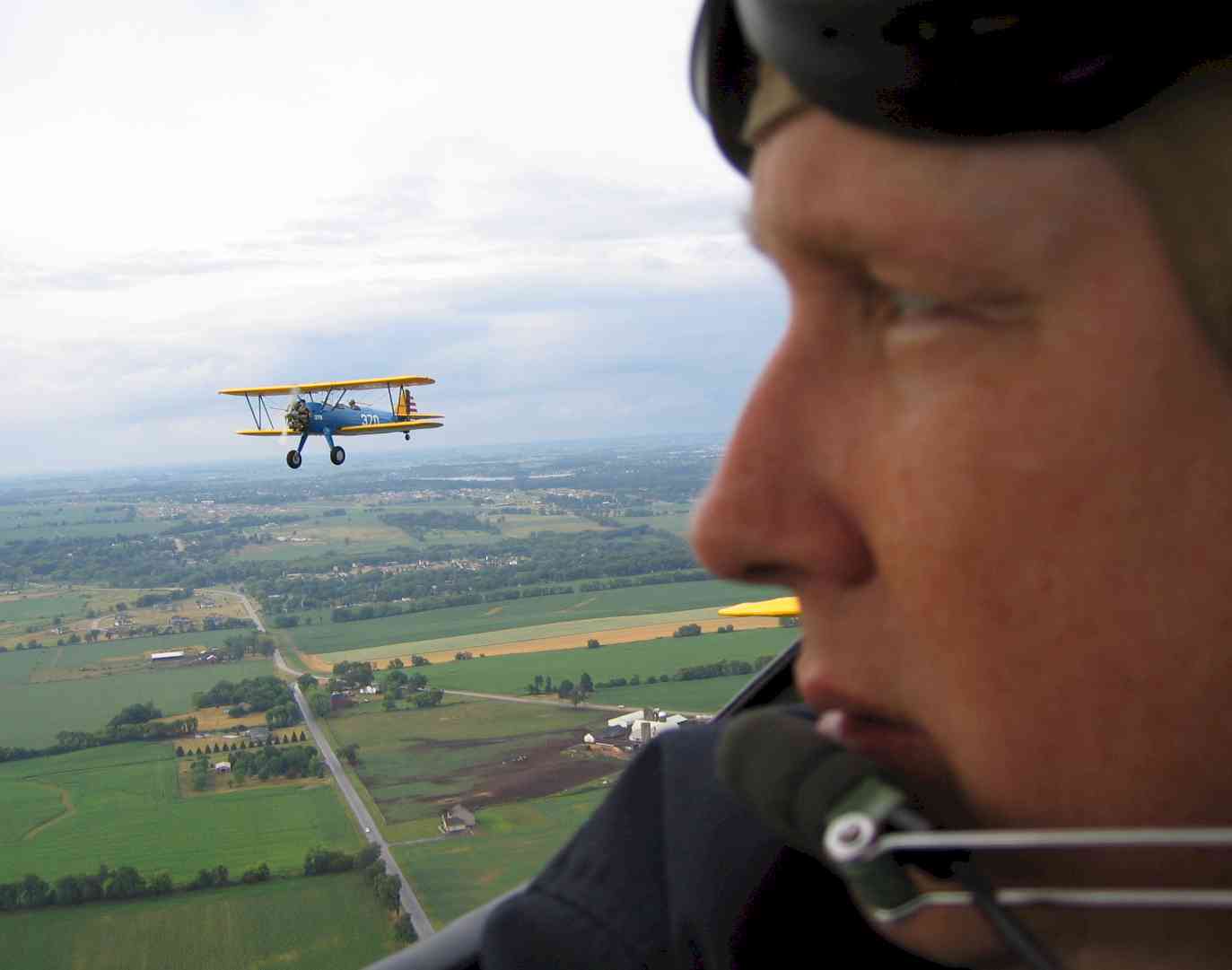I'm sometimes asked what the best and worst airports are, from an airline pilots' perspective. Here are my picks.
Non-pilots should understand the following:
1. None of the "worst" airports is so dangerous that it poses an inordinate risk to passengers. My selection of these airports comes from an operational perspective based on 26 years of flying airplanes. My gripes arise from either the "hassle-factor" of operating from them, their infrastructure, or other relatively small factors.
2. An airport is only as safe as the level of professionalism of the pilots who use it.
3. These are airports that I operate from. There are other airports that might make either list if I knew anything about them. Other pilots will have different opinions.
4. Several airports appear in both lists. Go figure.
With those caveats in mind, here are my favorite and least-favorite airports in North America and Europe, and the reasons for their selection:
BEST:
O'Hare International, Chicago, IL (ORD): Best Air Traffic Controllers in the world, bar none. O'Hare controllers are the industry pinnacle of versatility, clarity, error-free precedural skills, and good-naturedness.
Denver Intenational, CO (DEN): Tons of maneuvering room on the ground. Laid out in perhaps the most ideal configuration possible. Facilities are clean and new. Long runways.
Portland, OR (PDX): Beautiful, spectacular approaches.
San Francisco International, CA (SFO): Ditto.
Los Angeles, CA (LAX): Long, straight-in approaches from the east, coupled with their common good visibility, makes for easy arrivals.
San Diego,CA (SAN): Perhaps the most interestingly-situated airport in the USA. At what other airport do you see mountainous desert, lush vegitation, vast suburbia, a Naval yard with aircraft carriers and destroyers, a dense downtown full of tall buildings, marinas full of sailboats, an ocean, a picturesque bay, and a parking garage close underneath your wheels, all in the space of one minute, while on final? Fun to fly into.
Oshkosh, WI (OSH): OK, I've never flown an airliner into OSH, but I've done it dozens of times in GenAv planes, and it's never more fun than during EAA AirVenture. If you haven't done it, you're missing out on a truly unique piloting experience.
WORST:
John Wayne/Orange County Airport, Santa Ana, CA (SNA): High-performance, low-tolerance special noise abatement procedures. Tight ramp area. Non-standard operations. Frequent "slam-dunk" approaches that would be impossible if not for pilot judgement. Short runway, shared with General Aviation.
LaGuardia, NY (LGA): Small, congested airport with crossing runways that often end abruptly at water. Stressed controllers. Constant delays.
Toronto Pearson International, Toronto, Ontario, Canada (YYZ): Many iffy controllers. Ungrooved runways with deep ditches at end (especially on southwest side). Overly-complicated communication and taxi procedures.
Charles deGaulle International, Paris, France (CDG): Third-world taxiway and runway markings. Complex taxi routings with little or no guidance from ATC.
San Francisco International, CA (SFO): Limited runway configurations (especially with strong southerly winds) lead to low arrival capacity. Non-standard runway spacing also contributes to delays during IFR. Close terrain proximity off departure end of runway 28L/R. No glideslope (visual or electronic) on runways 1L/R due to terrain. Converging FMS visual approaches to 28L/R cause potential traffic conflicts or TAs/RAs. Crossing runways.
Philadelphia, PA (PHL): Long delays common due to traffic volume and runway spacing. Low visibility due to haze much of the year. Our company's operations are massively understaffed and screwed up.
Denver, CO (DEN): Weird, unpredictable weather. Near-constant turbulence on departure and arrival. A few iffy ground controllers.
Boston Logan, MA (BOS): Multiple crossing runways with different controllers assigned to each. Confusing taxiways, markings, and routings.
Reagan National, Washington, DC (DCA): Short, crossing runways. Critical arrival and departure procedures, especially to the north. Very close to Prohibited areas. Inconvenient and ridiculous security procedures for pilots and crew.
Washington Dulles, DC (IAD): High traffic volume. Many iffy controllers. ACARS-heavy, heads-down ramp taxi procedure.
John F. Kennedy International, NY (JFK): Traffic congestion. Occasionally-incomprehensible controllers.
Newark, NJ (EWR): Traffic delays of epic proportions during bad weather. Runway 22L hates me, and won't let me make smooth landings.
Once again, these observations are just my opinion. You're free to comment on your favorites and least favorites.
About Me

- Buck Wyndham
- I'm a professional pilot, videographer, writer and entrepreneur. I'm also a fan of technology used for good, not evil. I think uplifting music, photography, and video just might be able to save the world.
Subscribe Now
Blog Archive
-
▼
2005
(38)
-
▼
October
(12)
- Guess the Job
- Missing Man Formation, From The Inside
- Des Moines Gets Hammered
- Fall
- Rescue-Studs
- Spud Webb’s Last High Speed Pass (or “Ernie Sebby’...
- Funny Flight Attendants, Part 2
- "Why You Should Fly the Big Airlines" article
- The Best and Worst Airports (Buck's List)
- My Friend Flip
- Another Casualty
- The Fading of the Luster
-
▼
October
(12)
